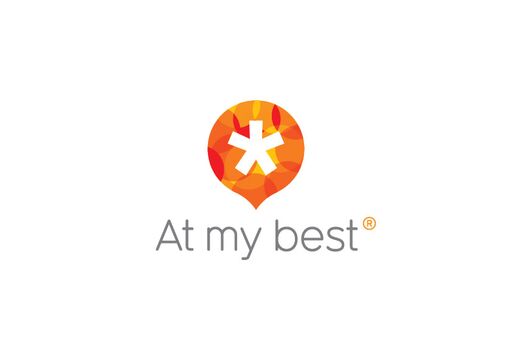Right now, in a world where face to face contact is limited and many of our usual avenues for management and leadership development are closed off, 360 feedback stands out as one of the few formal development processes that can continue to run without too much adaptation.
In fact, at first glance 360 tools seem like an ideal solution for current times. Particularly as they are well recognised and widely regarded as an important part of the L&D toolkit, with over 90% of Fortune 500 companies already making use of them.
But there are dangers, I think, of using traditional 360 feedback processes at the moment. So before we all race off to implement a 360 extravaganza for our top teams we need to take time to consider a couple of key questions:
What are we trying to achieve?
It is easy to get side-tracked by a slick online process and a beautifully presented, weighty report – but does it give you what you need?
Traditional 360 feedback processes usually involve a lucky few being invited to rate a recipient’s competence on a long list of behaviours and skills. These ratings are then collated, averaged and presented back in a comprehensive report which compares and contrasts the data in a multitude of ways to allow the recipient to fully explore what their colleagues think of them. Oh, and there might be a handful of anonymous remarks at the end of the report to qualify the ratings given or fill in any gaps.
Given that so many people are currently working remotely it’s even more important than ever that any development or assessment report is easy for the recipient to understand and interpret for themselves. You may still be providing coaching support, but the chances are they will have more time than ever by themselves to peruse and ruminate over feedback they’ve received. In number-dense reports it is very easy to lose sight of the wood for the trees. Therefore when choosing which 360 process to use, it’s important to look for one that has a report that is easy to navigate and that will allow the recipient to focus on relevant themes in a way that is helpful for their future development.
What will the emotional impact be?
Traditional 360 processes are very logical and rational. They try to bring some scientific rigour to the process of evaluating performance. However, we are emotional beings not rational ones, so we tend to respond emotionally (not rationally) to feedback. How the feedback makes us feel will likely determine how much we engage with it and act on it. Our inbuilt negativity bias will draw us towards the negatives in the report (however many positives there are), and the fact that the feedback is typically anonymous can leave us feeling suspicious and defensive.
At a time when many of us are emotionally very stretched and wellbeing is suffering, I would argue that, right now, a strengths-based 360 process might be more appropriate to bolster both wellbeing and performance.
Choosing a strengths-based 360
Traditional 360s are well known and understood but a strengths-based 360 has lots of advantages in the current climate.
Firstly, we know that when we play to our strengths, we experience more positive emotions. Positive emotions are linked to higher levels of wellbeing. If there has ever been a time when we need to be focusing on employee wellbeing, it’s now.
Secondly, knowing and using our strengths more is motivating and engaging. At the moment many of us are working by ourselves even more than ever, we don’t have so many people around us to galvanise and encourage us – anything that boosts our motivation levels will help.
Thirdly, understanding what others value in us can foster stronger connections and sense of belonging within a team – also both great for individual wellbeing and team performance. Of course, for strengths-based 360 feedback to really benefit relationships within a team the feedback needs to be attributed; the recipient needs to know who values what in them.
Choosing a 360 feedback process that is fit for your purpose is clearly the most important factor to consider when choosing what tool to use. The current pandemic and our new ways of working may well mean that we can take the opportunity to use tools that benefit both performance and wellbeing.
If you’d like to know more about At My Best 360 please join us for one of our FREE webinars:
Identifying strengths: Going beyond self-reflection - A webinar for coaches and L&D professionals wanting to use 360 feedback as part of their strengths coaching.
Maximising the value of 360 feedback - A webinar for L&D professionals using 360 feedback within organisations.
